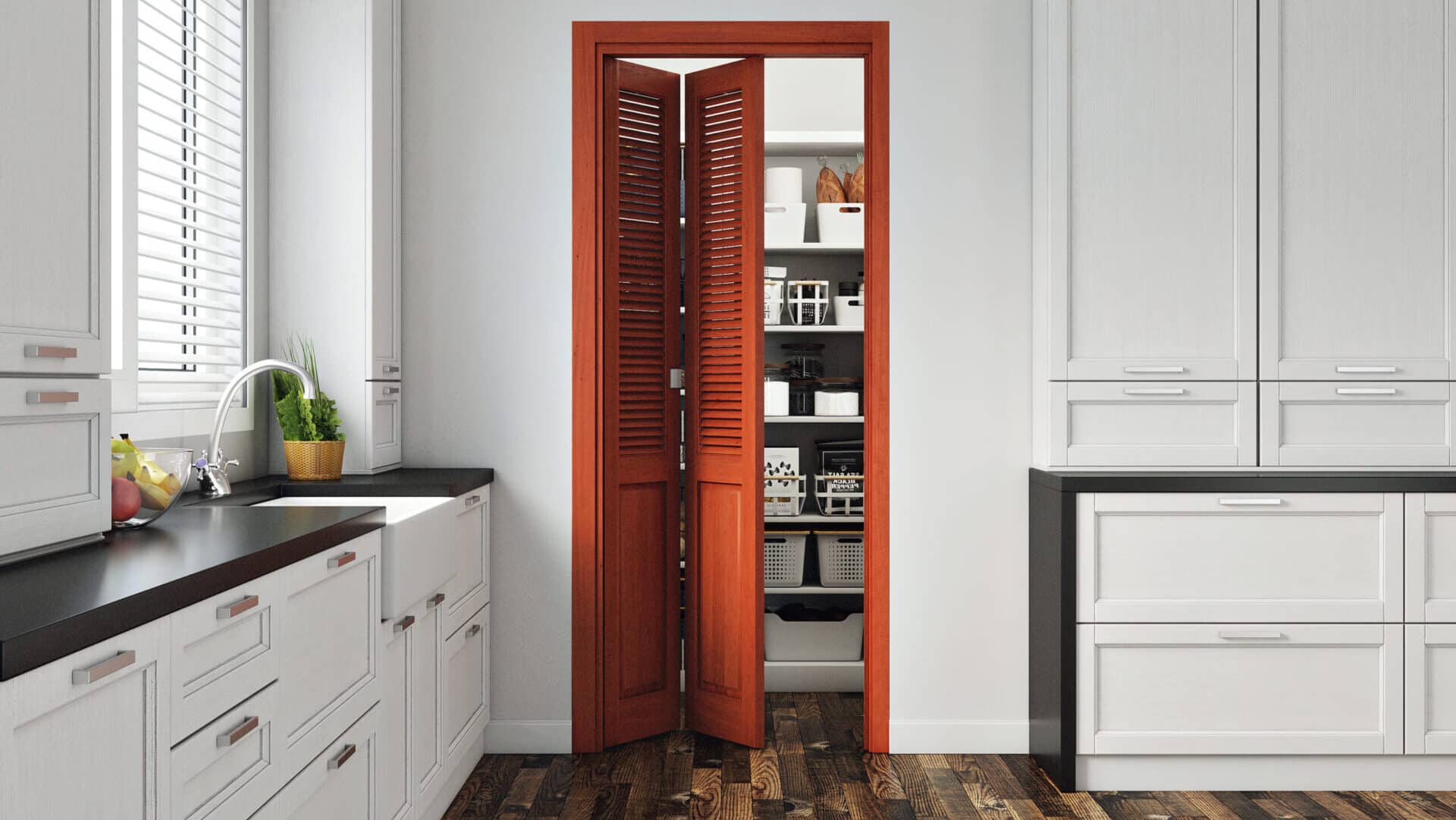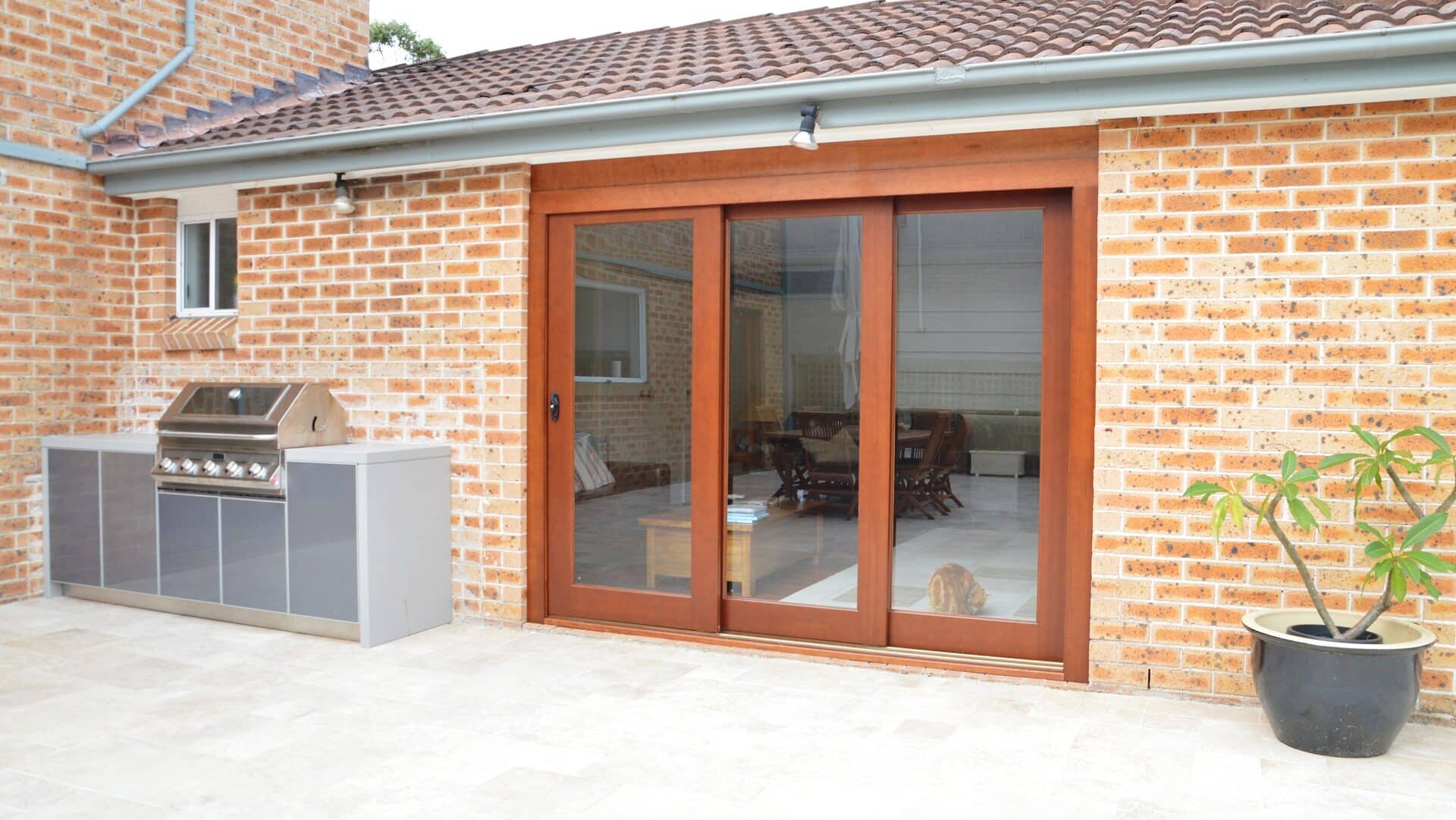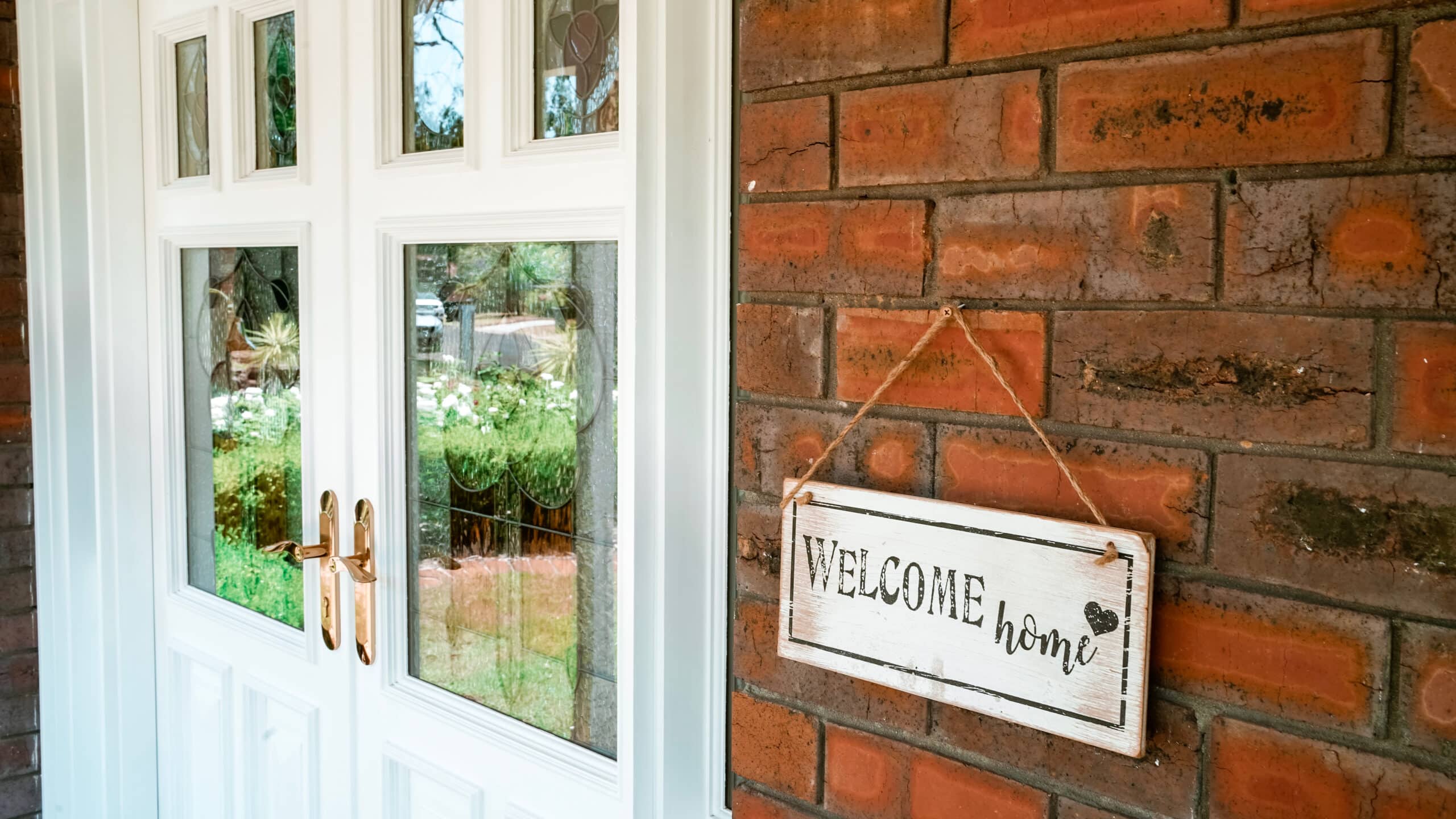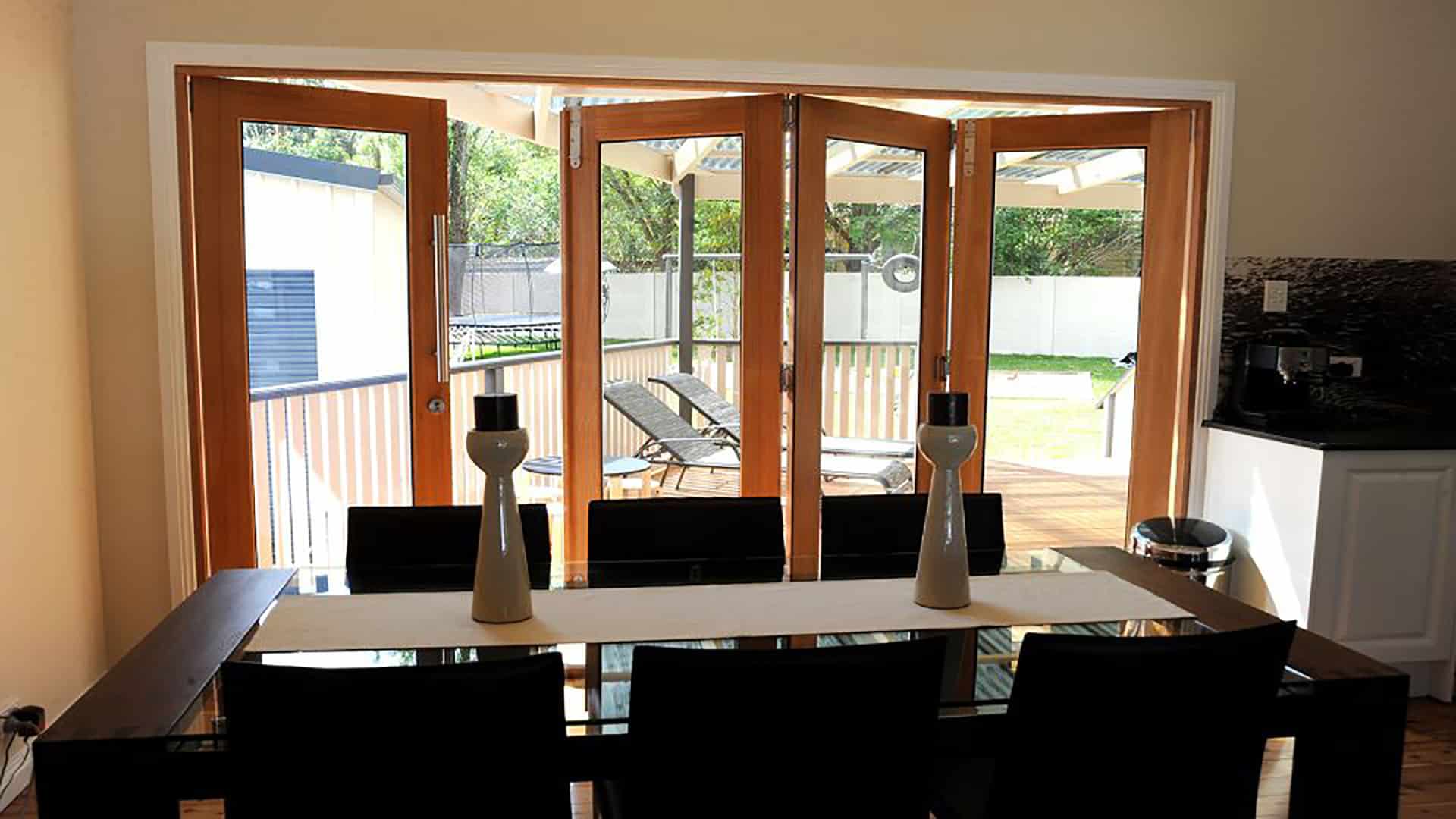How To Insulate French Doors
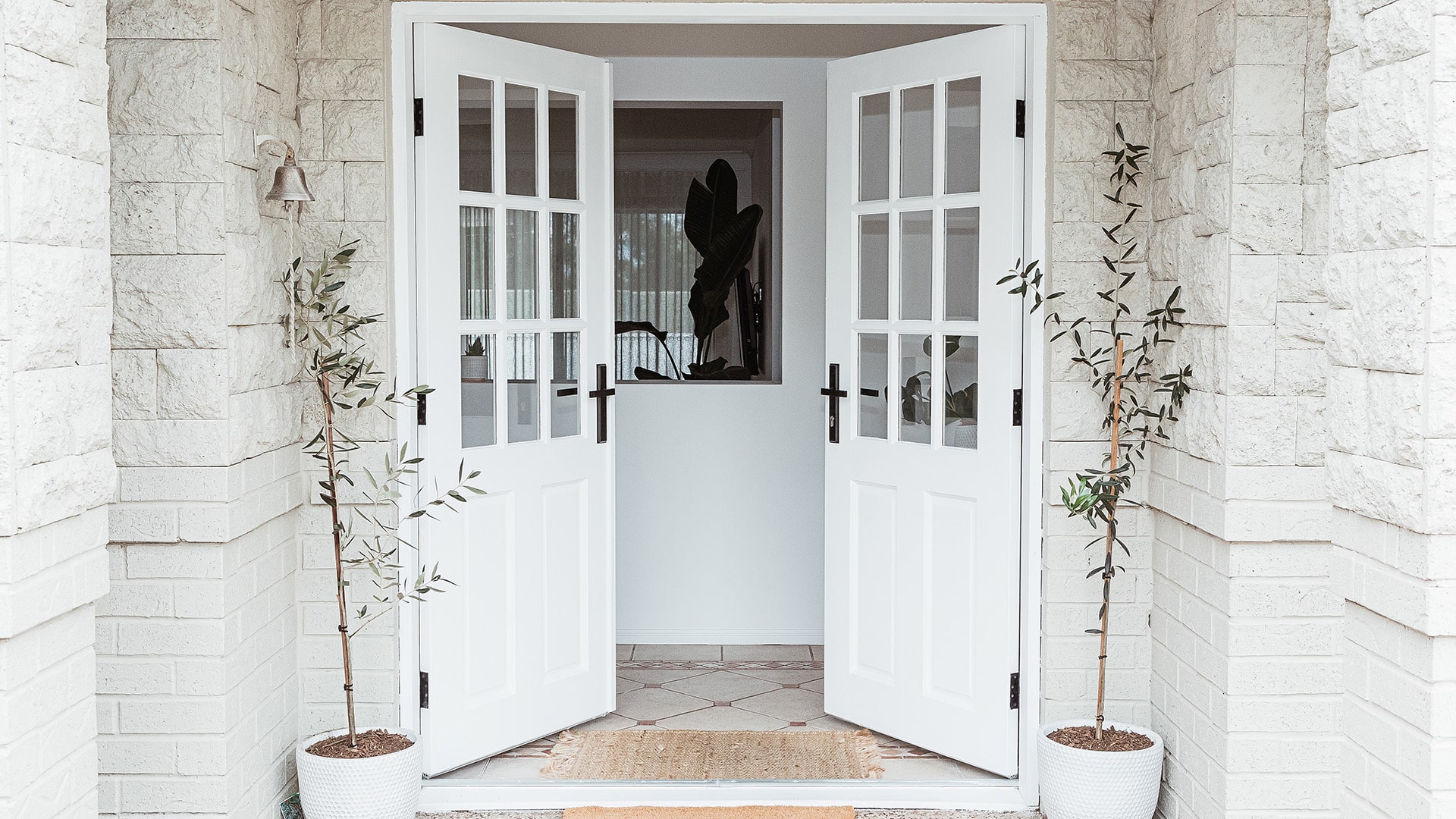
As energy bills soar, imagine how great it would be to have a vigilant guardian safeguarding your home’s comfort and maximizing its energy efficiency day and night. Enter insulated internal and external French doors!
Let’s find out how to conquer the cold and beat the heat through insulation. This guide will teach you how to insulate French doors, transforming them into impenetrable barriers against the elements.

The Importance of Insulating French Doors
By fending off cold draughts and heat waves, your heating and cooling systems don’t have to work overtime, meaning you can enjoy substantial savings from reduced energy bills.
French door insulation also muffles outside noise, creating a more peaceful living space.
Let’s unlock the incredible capabilities of these superhero doors by exploring five of the best insulation methods for French doors.
DIY enthusiasts, buckle up as we turn up the heat- metaphorically!
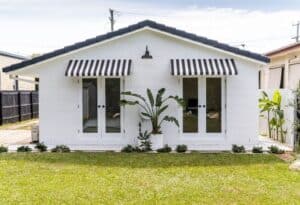
Insulation Styles for French Doors
Install Thermal Curtains or Blinds
Thermal curtains and blinds are the winter coats of the window treatment world, blocking out cold and keeping in warmth.
After choosing thermal curtains or blinds that complement your decor and fit the height and width of your doors, it’s installation time.
Follow these steps to install curtains:
- Measure and mark the spots where you’ll place your curtain brackets. Use a level to check they’re straight, then secure the brackets to the wall with screws.
- Insert the curtain rod through the curtain loops or rings. Place the rod on the brackets.
- Once the curtains hang evenly, tighten any set screws on the rod brackets to secure the rod in place.

Here’s how to install blinds:
- Mark the spots where the brackets will go on either side of the door frame. Make sure they’re level, and then screw them in place.
- Slide the headrail of the blinds into the mounted brackets.
- Lock the headrail into the brackets by closing any snaps or clips. Pull the cord to test that the blinds raise and lower smoothly.
Use Draught Excluders
A draught excluder, also known as a door sweep, is a simple yet highly effective tool for French door insulation. It prevents cold air from seeping in under your doors.
Measure the width of your French doors to determine what length draught excluder you need. Then, choose a door sweep that matches the colour and style of your door.
Top tip: Opt for a draught excluder with a rubber seal for maximum insulation.
Position your draught excluder against the bottom of the door and mark the screw holes with a pencil. Then, screw the draught excluder to the door, making sure it’s tightly secured and flush with the door’s bottom edge.
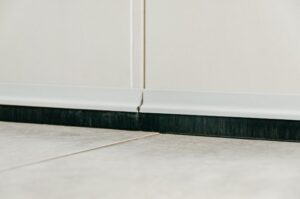
Check the Weather-Stripping
Weatherproofing French doors prevents air leakage around doors, preserving warmth inside while protecting against the cold outside. Weather stripping helps with this. It’s a material, often made of rubber or foam, that lines the door frame to create a seal.
For optimal French door insulation, inspect your weather stripping for signs of damage or deterioration.
If the weather stripping around your French door needs replacing, choose a suitable stripping, such as an adhesive-backed V-strip, door sweeps, rubber or foam tape. Measure the door and frame, cutting the stripping to size if necessary. Then, apply the weather-stripping so it sits snugly along the door frame when closed.
Replace the Double Glazing
Double glazing is an excellent choice for insulation. It involves two glass panes in your door with a gap in between, creating a protective barrier that traps winter warmth and preserves summer coolness.
If your older French door’s double glazing has lost effectiveness (drafts will be coming in, or there’ll be condensation between the panes), it’s time to replace it.
Here’s how:
- Measure the glass panels: Carefully remove the old glass panels from your French doors and measure their height, width, and thickness. Use these measurements to order your new double-glazed panels.
- Choose the right glazing: When selecting your new double glazing, look for low-emissivity (Low-E) glass. This glass has a special coating that reflects heat into your home, increasing insulation.
- Apply sealant: If your double-glazed panels require a sealant, apply a thin bead of silicone or glazing sealant around the frame where the glass will sit.
- Install your new glazing: If the new panels click into place, align them properly and press firmly. Otherwise, you may need to secure them with clips or screws.
- Clean up: Wipe away any excess sealant.
If you’re not up for this DIY project, hire a professional and save yourself the hassle!

Replace the Doors
Replacing old, inefficient, and damaged French doors is a cost-effective, energy-saving solution in the long run.
To replace your doors, start by measuring the doorframe so you can shop for the correct size replacements. Then, visit your nearest Doors Plus showroom to select well-insulated, energy-efficient French doors with double glazing.
If you don’t want to install the doors yourself, a qualified and experienced Doors Plus installer can hang your brand-new French doors.
Insulating French Doors FAQs
How Do You Keep Cold Air From Coming Through French Doors?
Installing a draught excluder at the bottom of the door is recommended. It’s also important to regularly inspect and replace any damaged weather stripping.
For even better insulation, choose French doors with double-glazed glass panels, which offer superior thermal performance in keeping cold air out.
How Do You Seal the Gap Between French Doors?
Measure the length and width of the gap with a tape measure. Next, choose suitable stripping, such as adhesive foam tape, rubber seals, or door sweeps. Cut the stripping to size and apply it to the door frame or the door itself where the gap is.
Check that the doors still operate smoothly after applying the stripping.
How Do You Weatherise a French Door?
Use adhesive-backed foam tape weather-stripping to fill in gaps on French doors. Cut it to fit the door frame, remove the backing, and press it on firmly.
You can also add draught excluders (or door sweeps)- a barrier fitted to the bottom of your French doors to prevent drafts. Choose a door sweep that fits your door and screw or nail it to the bottom. Make sure it seals well with the floor when the door is closed.
Another option is to insulate the door’s glass panels using a plastic film insulation kit. These are available from most home improvement stores and come with instructions for easy DIY installation.
Do French Doors Keep Out the Cold?
Properly insulated French doors fitted with weather-stripping, draught excluders, and double-glazed panels will keep out the cold.
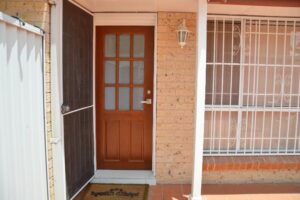
How Do You Adjust French Doors to Stop Draughts?
Begin by inspecting the alignment of the doors. If they’re double doors that don’t meet perfectly or a single door that doesn’t meet the door frame, you’ve found the draughty culprit! This can be fixed by adjusting the hinges with a screwdriver. Just loosen the screws, align the door properly, and then tighten the screws again.
Need Help Choosing a New Replacement French Door?
Explore our stunning selection of internal and external energy-efficient French doors here at Door Plus.
Our seasoned experts will help you choose the perfect French door for your home during a one-on-one consultation at your nearest showroom.
Don’t hesitate to come on down or contact us here for more information.

